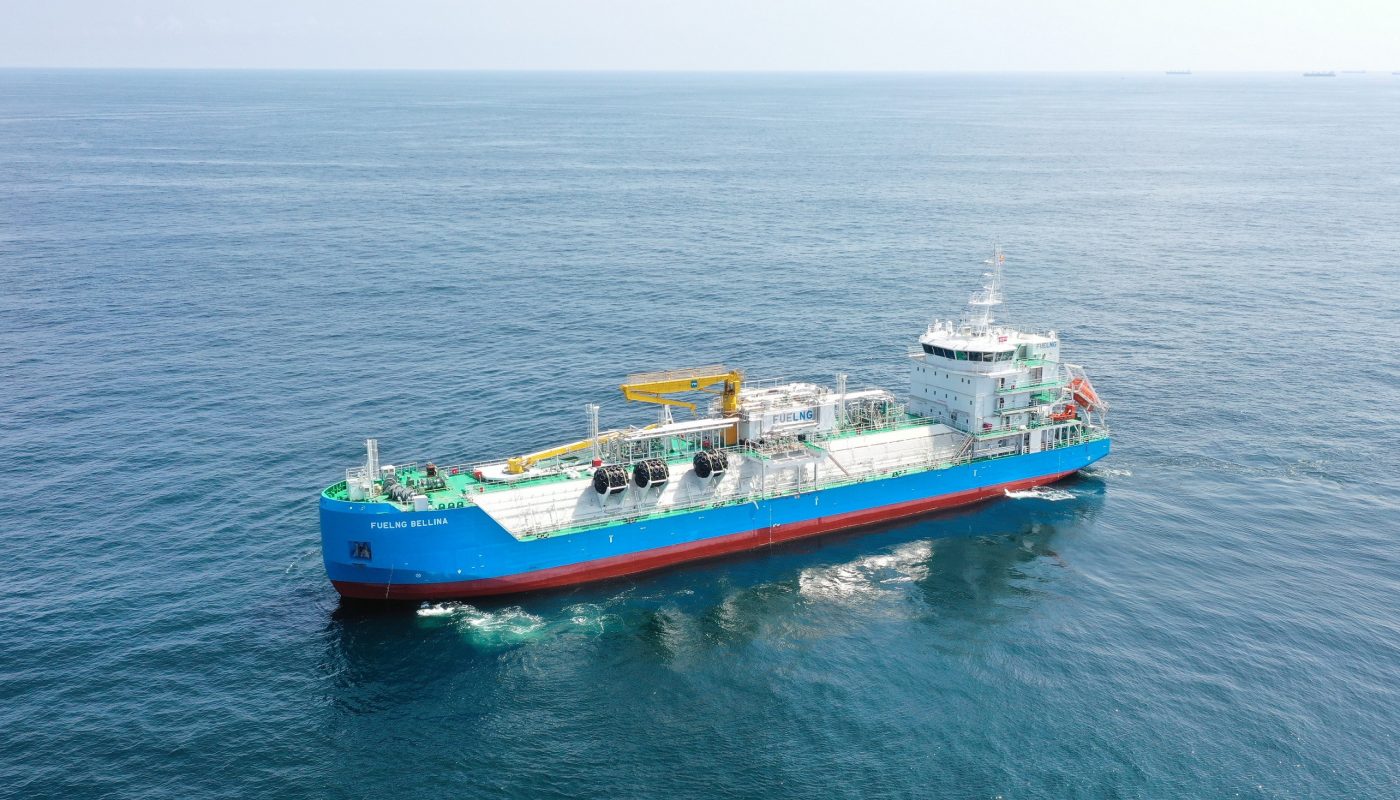The global LNG Bunkering Market is estimated to be valued at US$592.84 million in 2021 and is expected to exhibit a CAGR of 35.26% over the forecast period 2022-2030, as highlighted in a new report published by Coherent Market Insights.
A) Market Overview:
LNG bunkering refers to the process of supplying liquefied natural gas (LNG) to ships for use as fuel. LNG is gaining traction as a cleaner and sustainable alternative to traditional marine fuels such as heavy fuel oil and diesel. It offers several advantages, including lower greenhouse gas emissions, reduced sulfur oxide and nitrogen oxide emissions, and compliance with stringent environmental regulations. The need for cleaner fuels in the shipping industry, coupled with the increasing adoption of LNG as a marine fuel, is driving the growth of the LNG bunkering market.
B) Market Key Trends:
- Increasing adoption of LNG as a marine fuel: With growing concerns about air pollution and stricter regulations on emissions, ship operators are increasingly opting for LNG as a cleaner fuel option. LNG-powered ships emit significantly lower levels of sulfur oxides, nitrogen oxides, and particulate matter compared to traditional fuels. For instance, Harvey Gulf International Marine, a key player in the market, has invested in LNG-powered vessels to reduce its carbon footprint.
- Infrastructure development: The availability of adequate LNG bunkering infrastructure is crucial for the growth of the market. In order to support the increasing demand for LNG bunkering, major companies such as Petronas, Exxon Mobil Corporation, Shell, and Total are investing in the development of LNG bunkering facilities at key ports around the world. This infrastructure development is expected to further boost the adoption of LNG as a marine fuel.
C) PEST Analysis:
- Political: Governments worldwide are implementing stricter regulations to reduce greenhouse gas emissions from the shipping industry. For instance, the International Maritime Organization (IMO) has set a target to reduce CO2 emissions by at least 50% by 2050 compared to 2008 levels. These regulations are driving ship operators to shift towards cleaner fuels such as LNG.
- Economic: The economic viability of LNG bunkering is improving due to advancements in technology and increasing economies of scale. Additionally, the availability of affordable LNG, as a result of the shale gas revolution, further supports the economic feasibility of LNG bunkering.
- Social: The increasing awareness and concern about environmental pollution is driving the demand for cleaner fuel options in the shipping industry. LNG bunkering offers a solution to reduce air pollution and improve air quality in port cities.
- Technological: Technological advancements in LNG storage and bunkering systems are facilitating the widespread adoption of LNG as a marine fuel. These advancements include the development of efficient cryogenic storage tanks, advanced transfer systems, and LNG-fueled engines.
D) Key Takeaways:
- The global LNG Bunkering Market is expected to witness high growth, exhibiting a CAGR of 35.26% over the forecast period, due to increasing adoption of cleaner fuel alternatives and infrastructure development.
- The Asia-Pacific region is expected to be the fastest-growing and dominating region in the LNG bunkering market. Increasing investments in LNG infrastructure in countries such as China, Japan, and South Korea are driving the growth in this region.
- Key players operating in the global LNG Bunkering Market include Harvey Gulf International Marine, Petronas, Exxon Mobil Corporation, Total SE, Shell, and Gasum OY. These companies are investing in LNG bunkering infrastructure and expanding their fleet of LNG-powered vessels to capitalize on the growing demand for cleaner marine fuels.
In conclusion, the global LNG Bunkering Market is set to experience significant growth due to the increasing shift towards cleaner and sustainable fuel alternatives. With the support of stricter environmental regulations and infrastructure development, LNG bunkering is expected to play a crucial role in reducing emissions from the shipping industry and improving air quality in port cities. Key players in the market are actively investing in LNG bunkering infrastructure to meet the growing demand and gain a competitive edge in this emerging market.



